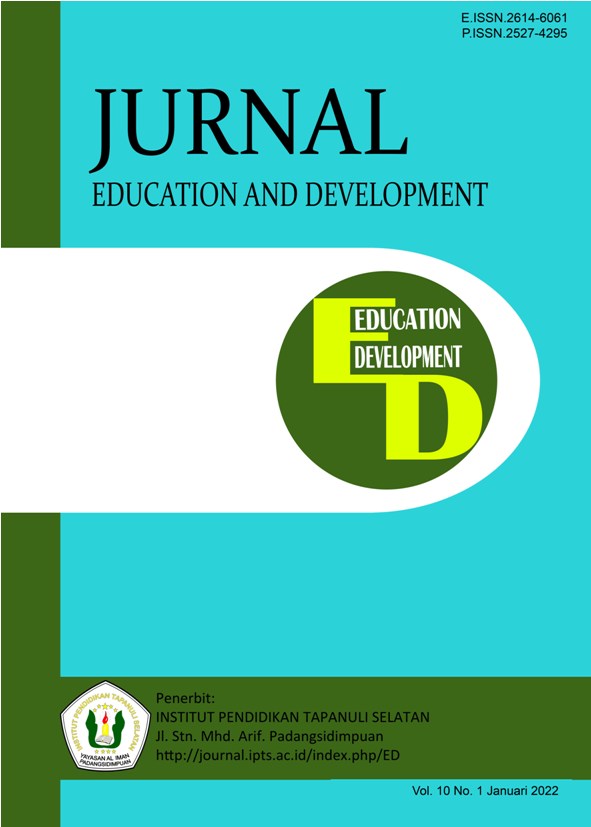VALUE SHIFTING AT MEUNASAH IN LANGSA IN SOCIAL CONTEXT
Main Article Content
Abstract
The purpose of this study is to explore the shifting atmeunasah in Langsa City. The shifting is seen from various aspects such as the architectural form and also the valuesadopted in the existing meunasah. Although, there are still meunasah that have not been organized in a modern way, the meunasah are still running as usual in a patrilineal society tradition with a strong charismatic power. Thus, all activities are centered on the leader; in this case the tradition in Aceh, that isTeungku, namely Teungku Imum Meunasah. The research methodology uses a phenomenological and historical approach by using data collection tools in the form of observation, documentation and interviews. Then the data is interpreted by data reduction. To strengthen the final results, data cross-checks and triangulation are held, so that the data reached the maximum level. Based on the existing results, currently there are twelve meunasah buildings administratively recorded. All of these meunasah are located in Langsa and in terms of architecture and are multi-functional. The five meunasah are still original. Moreover, there are seven administrative meunasah as meunasah itself, but the shape and model is a Mushala building, and the administrators are Imum Gampong, Imum Dusun, Imum Hafiz, and Imum Rawatib.
Article Details
References
Ahmad Syalabi.Taarikh Tarbiyah Islamiyah. Terjemahan. Muchtar Yahya. Sanusi Latif. Prof. Dr. Drs. M. Sejarah Pendidikan Islam (Bulan Bintang. Djakarta. 1973).
Azyumardi Azra. Renaisans Islam Asia Tenggara. (PT. Remaja Rosdakarya. Bandung. 1999).
Azyumardi Azra. Pendidikan Islam Tradisional dalam Transisi dan Modernisasi. (PT. Logos Wacana Ilmu. Ciputat. 2003).
Azyumardi Azra. Jaringan Ulama Timur Tengah dan Kepulauan Nusantara Abad XVII dan XVIII: Melacak Akar-Akar Pembaruan Pemikiran Islam di Indonesia. (Mizan. Bandung. 1994).
Departemen Agama RI. DIRJEN Kelembagaan Agama Islam. Pondok Pesantren dan Madrasah Diniyah Pertumbuhan dan Perkembangannya. Jakarta. 2003.
Elwis Nazar. NormalIslamDiPadang. (1931-1946). (IAIN IB. Press. 2001).
Haidar Putra Daulay.Sejarah Pertumbuhan Pendidikan Islam di Indonesia. (Kencana Prenada Media Group. Jakarta. 2007).
H.M. Thamrin. Z. Edy Mulyana. Pantai Barat Aceh (Badan Arsip dan Perpustakaan Provinsi Nanggro Aceh Darusslam. 2009).
Ibnu Qoyim Ismail. Kiai Penghulu Jawa. Peranannya di Masa Kolonial. (Gema Insani Press. Jakarta. 1997).
Ibnu Bathutah. Rihlah Ibnu Batuthah. (Daar Al-Turaast. Beirut. 1968).
Kuntowijoyo. Metodologi Sejarah. Edisi Kedua (Tiara Wacana. Yogyakarta. 2015.)
Laurence Bergreen. Marco Polo – Form Venice to Xanadu. Terjemahan. Prisca Delima. Marco Polo – Dari Venesia ke Xanadu. (PT. Elex Media Komputindo. Jakarta. 2007).
Mehdi Nakosten. History of Islamic Origins of Western Education A.D 800-1350; with an Introduction to Medieval Muslim Education. Terjemahan. Jiko S. Kahar. Supriyanto Abdullah. Kontribusi Islam atas Dunia Intelektual Barat: Deskripsi Analisis Abad Keemasan Islam. (Risalah Gusti. Surabaya. 1996).
Mukhlisuddin Ilyas, Pendidikan Dayah di Aceh Mulai Hilang Identitas. (Pale Indonesia Media, Yogyakarta, 2012).
Poeradisastra. Prof. S.I. Sumbangan Islam Kepada Ilmu dan Peradaban Modern. (P3M. Jakarta. 1986).
Rose E Dunn. The Adventure of Ibn Battutah. A Muslim Traveler of the 14th Century. Terjemahan. Amir Sutaarga. Petualangan Ibnu Battutah. Seorang Musafir Muslim Abad-14. (Pustaka Obor. Jakarta. 2011).
Sabirin, Pemberdayaan Masyarakat Berbasis Kearifan Lokal, (Banda Aceh: Ar-Raniry Press. 2012).
Zaini Mukhtaram. Santri dan Abangan di Jawa. (INIS. Jakarta. 1988).
Zamakhsyari Dhofier. Tradisi Pesantren. (LP3S. Jakarta. 1994).
Zainal Abidin. Agus Ahmad Safe’i. Sosiosophologi: Sosiologi Islam Berbasis Hikmah. (Pustaka Setia. Bandung. 2003).

